Palazzo dei Diamanti reopens on February 18, 2023, after a complex restoration and redevelopment, welcoming an exhibition dedicated to two great Ferrara masters of the Renaissance: Ercole de’ Roberti (Ferrara, c. 1450 - 1496) and Lorenzo Costa (Ferrara, 1460 - Mantua, 1535). From the title Renaissance in Ferrara. Ercole de’ Roberti and Lorenzo Costa and on view until June 19, 2023, the exhibition is curated by Vittorio Sgarbi and Michele Danieli, is organized by Fondazione Ferrara Arte and Servizio Musei d’Arte of the Municipality of Ferrara, in collaboration with the Ministry of Culture’s Directorate General for Museums and Directorate General for Archaeology, Fine Arts and Landscape, and under the patronage of the Ministry of Culture and the Emilia-Romagna Region, and is supported by Versalis Spa and BPER Banca. This is the first stage of a larger and more ambitious project entitled Renaissance in Ferrara 1471-1598 from Borso to Alfonso II d’Este, which aims to investigate the historical-artistic events of the period between the city’s elevation to a duchy and its transition from the Este dynasty to direct control of the Papal State. The other moments of the itinerary, ideally inaugurated by the exhibitionCosmè Tura and Francesco del Cossa. L’arte a Ferrara nell’età di Borso d’Este, which was held at Palazzo dei Diamanti in 2007, will be dedicated to the great protagonists of that period: Mazzolino and Ortolano, Dosso and Garofalo, Girolamo da Carpi and Bastianino.
The exhibition displays more than one hundred works, from museums and collections around the world, to help the public discover (or rediscover) the art of two great interpreters of the Italian Renaissance: Ercole de’ Roberti and Lorenzo Costa. Endowed with an incredible talent for composition, extraordinary in quality and emotional expressiveness, Ercole de’ Roberti was the heir to theOfficina ferrarese, the youngest and most intelligent of those who participated in the cultural climate of Palazzo Schifanoia in the last years of Borso d’Este’s rule. He worked on several occasions in Bologna, where he left a very deep impression, but undoubtedly in Ferrara he found the most suitable environment in which to express himself during the last decade of his life, spent in the employ of the court. It was Lorenzo Costa, ten years his junior, who picked up his legacy and continued his style in his early works. During a long stay in Bologna, however, his painting changed in favor of a greater softness, a calm and relaxed classicism. Leonardo and Perugino were imposing a new “manner,” which Costa immediately picked up and of which he was among the major interpreters, even after moving to Mantua to the Gonzaga court.
Through more than 20 works, by far the largest number ever assembled, the public will be able to retrace Ercole de’ Roberti’s career, from his beginnings to his accomplished maturity. Among the early evidence are the compartments of the Griffoni polyptych, executed alongside Francesco del Cossa, and the Portraits of Giovanni II and Ginevra Bentivoglio that arrived from Washington, a commission that sanctioned the prestige he achieved in nearby Bologna. The rooms devoted to the last years, when Ercole after returning home had become court painter to the Este family, are embellished with four paintings of rare refinement, thanks to the exceptional loan granted by the National Gallery in London: in addition to the diptych that belonged to Duchess Eleonora of Aragon, the Collection of Manna and theInstitution of the Eucharist, possibly from a Ferrara church. From the Kimbell Art Museum in Forth Worth comes the panel with Portia and Brutus, which will be reunited with the companion with Lucretia, Brutus and Collatinus from the Galleria Estense in Modena. No less rich will be the selection of Costa’s works, starting with the early period, during which the painter is engaged in an active confrontation with Hercules, as shown by the Stories of the Argonauts gathered here for the first time. This phase, which passes through masterpieces such as theAdoration of the Child from the Musée des Beaux-Arts in Lyon, finds a term and a synthesis in a tight succession of altarpieces from the 1590s. To illustrate the more classical and sedate Costa, a Holy Family from the Museum of Toledo in Ohio is on display, while to document the Mantuan period, hitherto less frequented by scholars, there are the Veronica from the Louvre, the Portrait of a Cardinal from the Minneapolis Institute of Art, and the last known work, namely the Madonna and Saints from the church of Sant’Andrea in Mantua, dated 1525.
The two protagonists are joined by artists such as Mantegna, Cosmè Tura, Niccolò dell’Arca, Marco Zoppo, and again Antonio da Crevalcore, Guido Mazzoni, Boccaccio Boccaccino, Francesco Francia, and Perugino.
The exhibition has its ideal prologue in Palazzo Schifanoia, where the young Ercole de’ Roberti made his debut in the Salone dei Mesi, realizing the month of September, and a natural continuation in the rooms of the Pinacoteca Nazionale on the piano nobile of Palazzo dei Diamanti where, for the occasion, a thematic itinerary is proposed that intends to delve into the artistic context in which de’ Roberti and Costa worked. For this reason, a combined ticket has been established that allows access to the exhibition and the Pinacoteca at a subsidized price, just as an agreement has been signed for mutual promotion and reduction on the entrance fee with the Casa Romei Museum and the National Archaeological Museum of Ferrara, which are afferent to the Regional Directorate of Museums of Emilia Romagna.
For info: www.palazzodiamanti.it
Hours: Daily from 10 a.m. to 8 p.m.

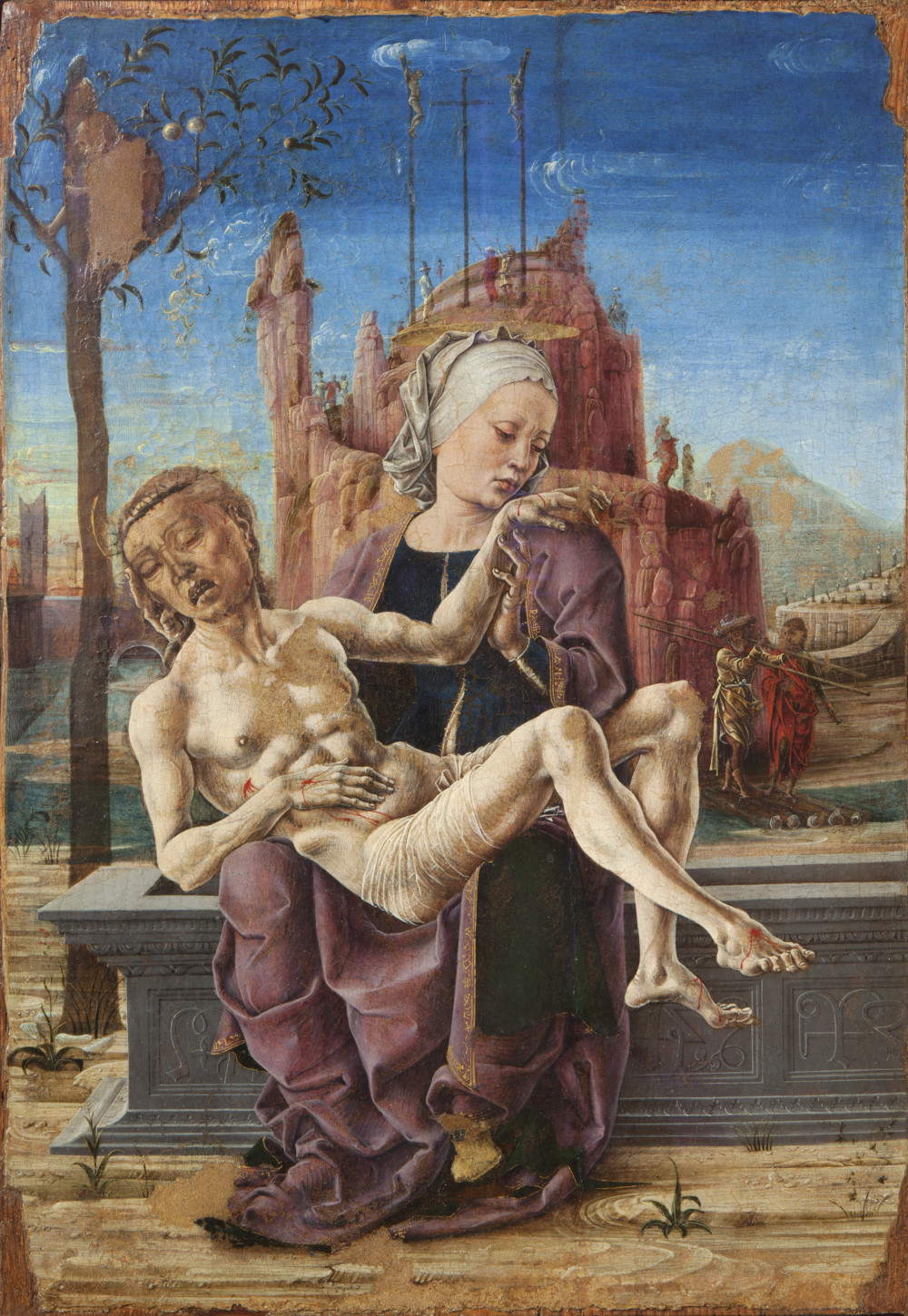 Cosmè
Cosmè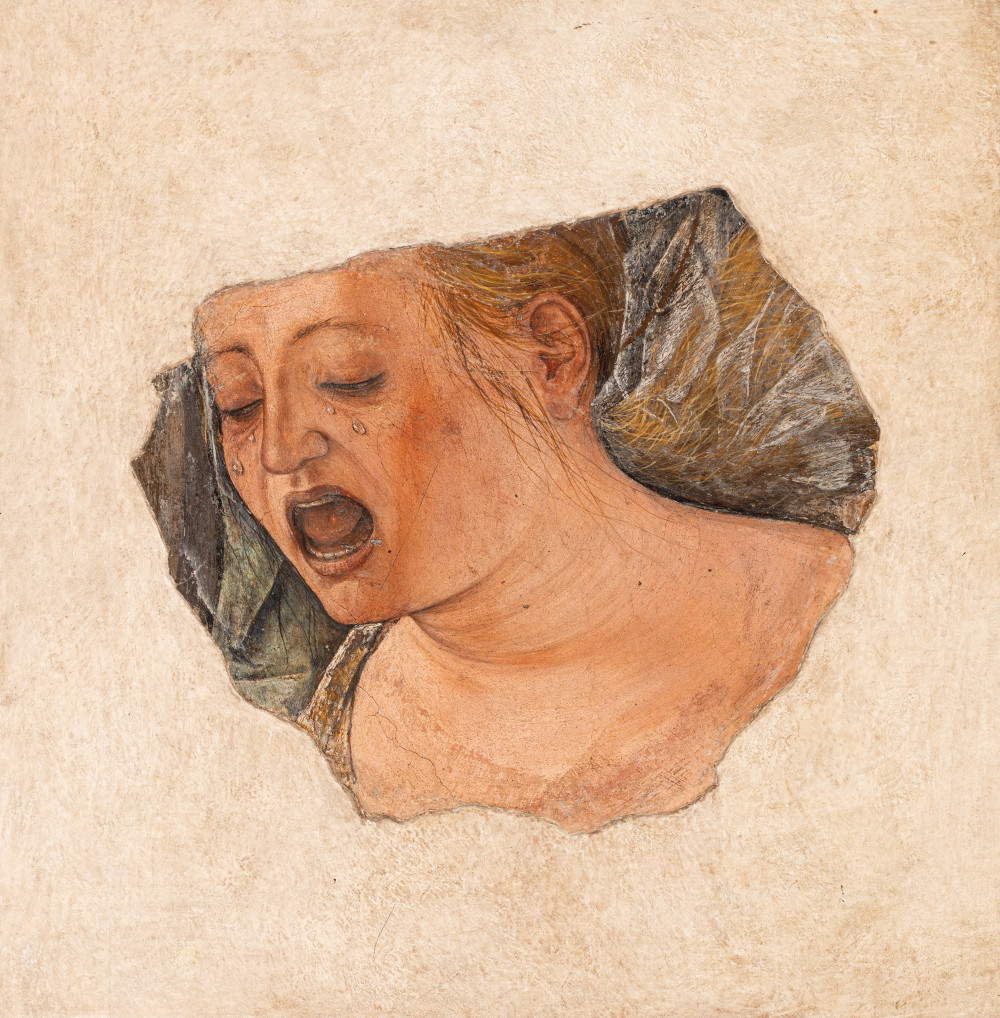

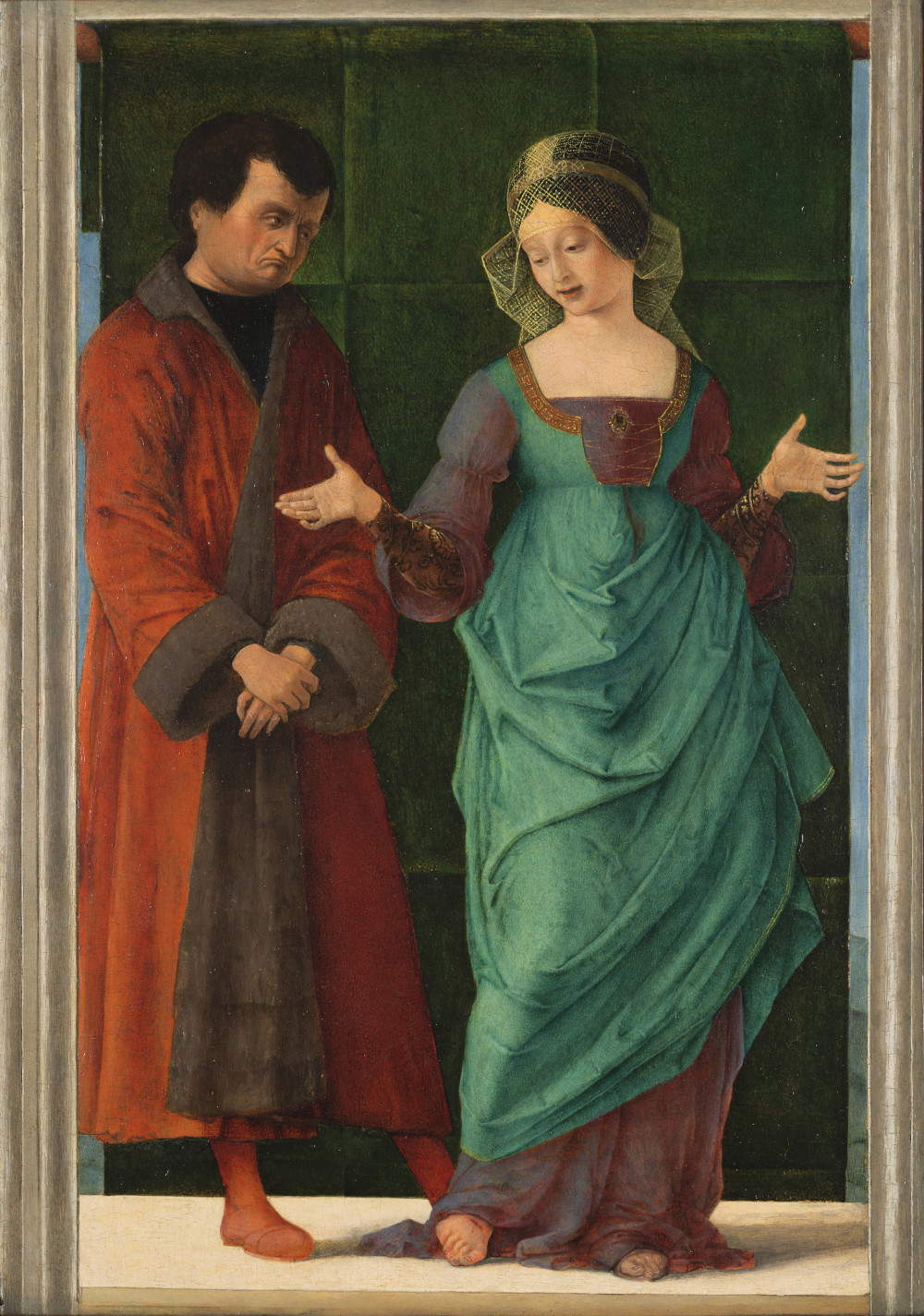
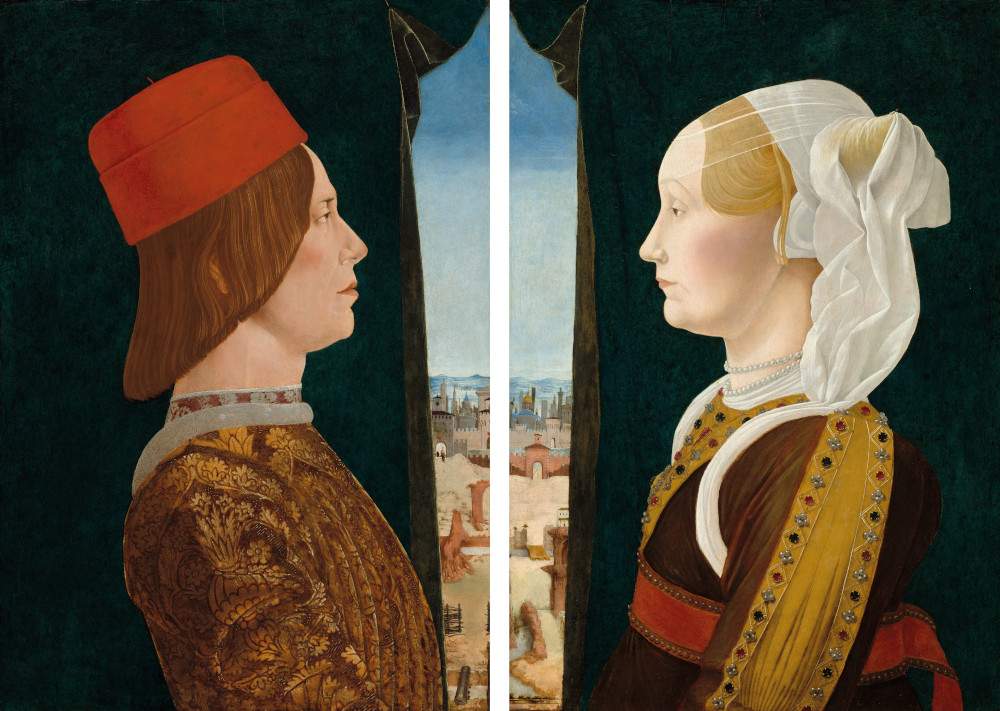

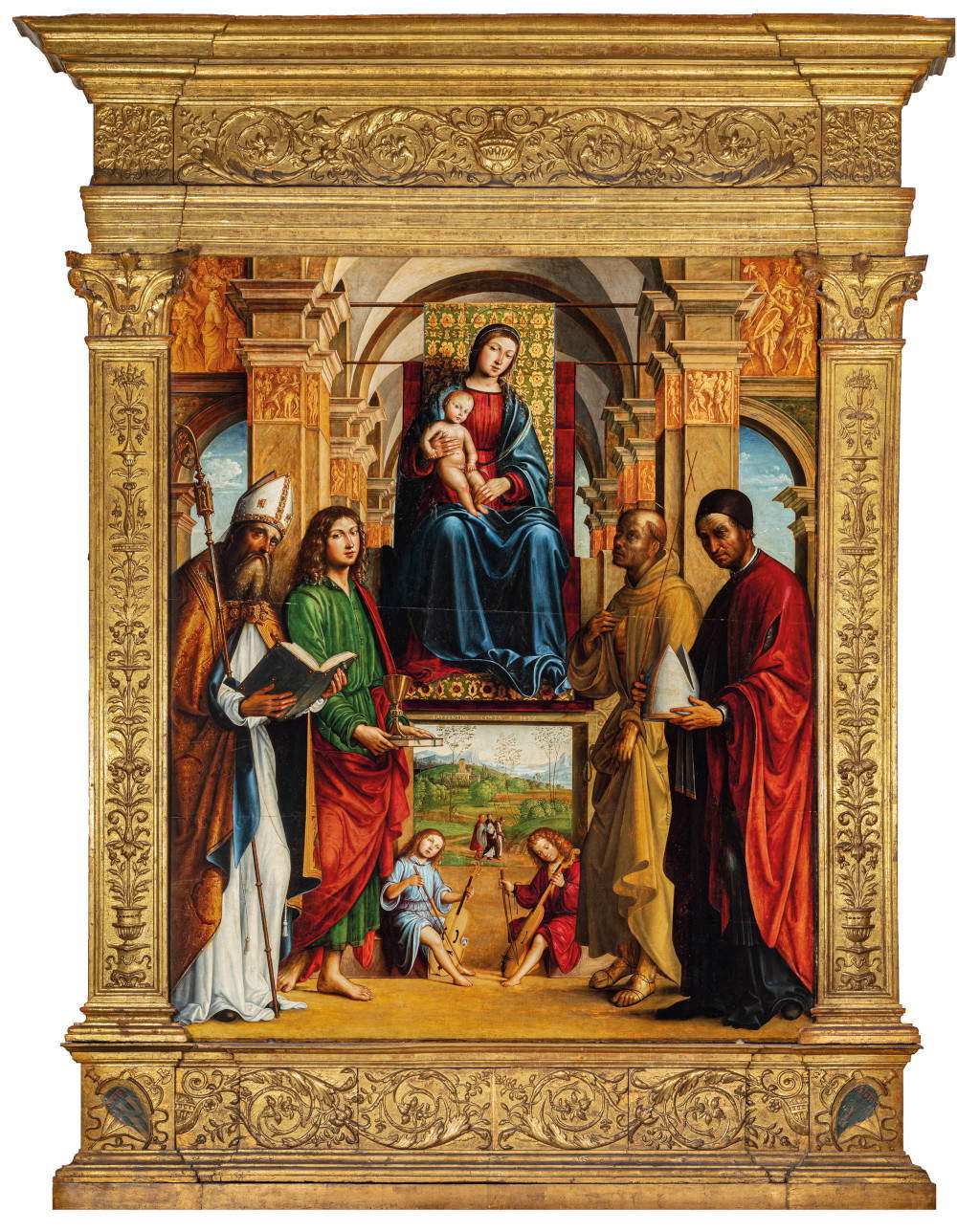
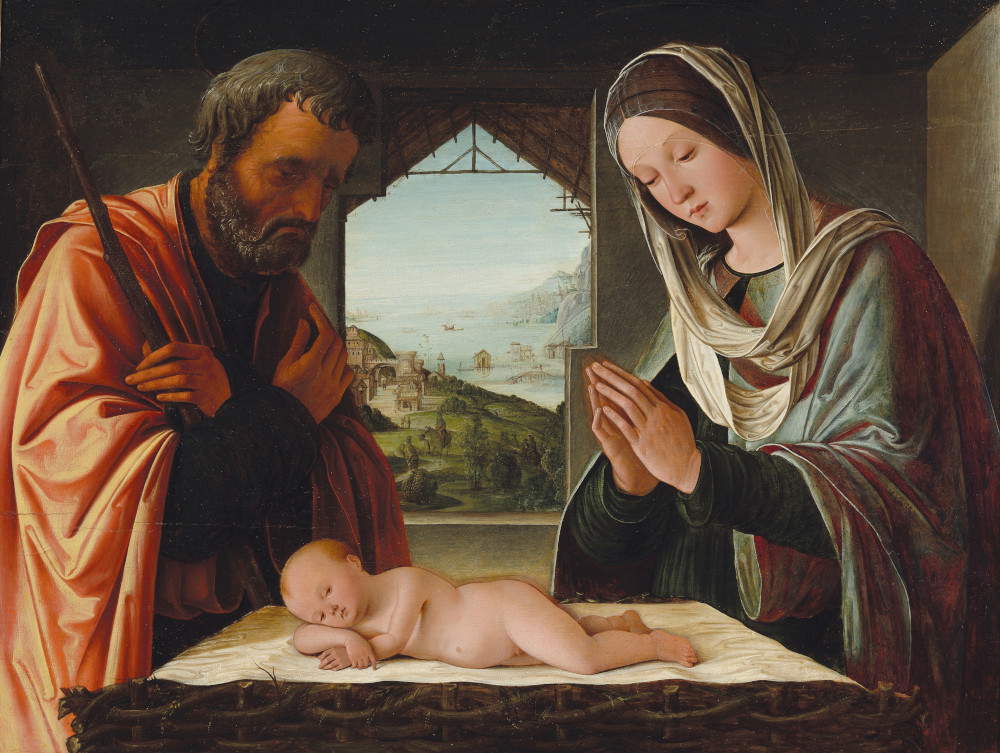

 |
| Major exhibition at Palazzo dei Diamanti dedicated to the Ferrara Renaissance kicks off |
Warning: the translation into English of the original Italian article was created using automatic tools. We undertake to review all articles, but we do not guarantee the total absence of inaccuracies in the translation due to the program. You can find the original by clicking on the ITA button. If you find any mistake,please contact us.